The first part of this series discussed how your brain can affect you in times of threat and moved our “mindset shot group” closer to the bull’s-eye. This article will cover specific behaviors or environmental cues that might indicate impending danger. Just as there are stressors that trigger fear and anxiety within us, so too do bad guys show signs when they’re about ready for violence (though not always). When these “fearful” moments arise just remember: You have enough time during those precious seconds before something terrible happens to enact a plan and get to safety. Even a bad plan put into motion is much better than a perfect plan that never makes it out of the gate. To get an idea of what to look for, we’ll first need to understand the difference between overt and covert threat identification. Overt threats are those where the bad guy isn’t trying to conceal his or her intentions. Covert threats are when someone is trying to remain concealed, and their actions might be harder to spot. Both types of threat have different visual indicators you can use to help identify them.
Overt Threat Identification
Overt threats are when the ne’er-do-well is openly exhibiting hostile behavior with the intention of causing harm — for example, openly brandishing a weapon in a threatening manner.
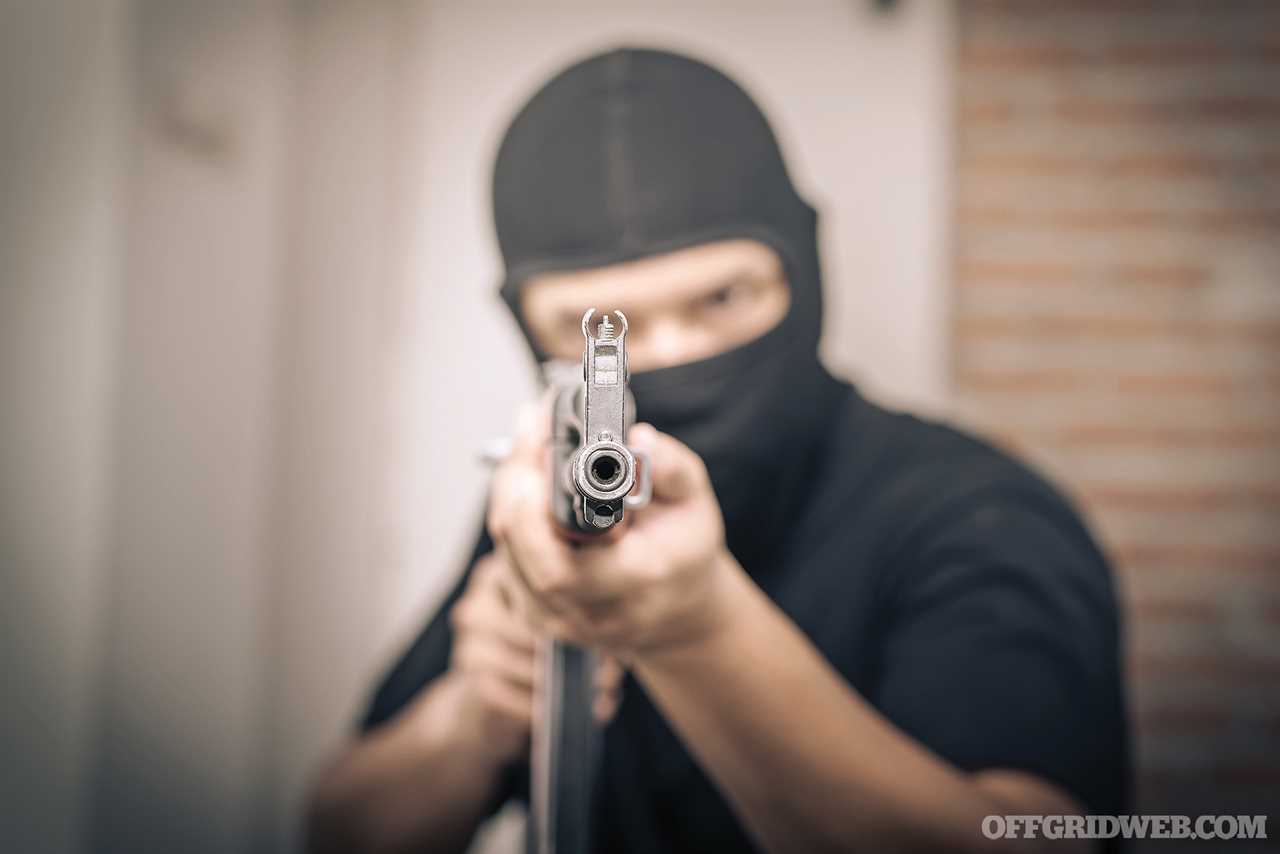
Above: Have you thought through how you’d deal with a threat as overt as being confronted by an armed assailant?
Hostile Behavior
Hostile behavior is often accompanied by certain physical indicators that you can’t fake. If you’ve ever narrowly avoided a car wreck or other severe injury, your heart probably went racing for a few minutes while you recovered. The veins in your jugular or forehead might pop out visibly. Your breathing might become rapid enough to the point where your chest is visibly heaving, or your nostrils start flaring like a bull about to rush. All these observable indicators can appear immediately and can take time to abate as your body works the chemicals through your system.
If you see someone exhibiting these behaviors, you can’t say with 100-percent confidence that they’re about to become violent, but you can confirm that the person you’re observing is having a high-level stress response. Not just “oh man, I’m late for work” stress, but at a survival level. Something has triggered their brain into a fight or flight response — if this is happening near me, I want to know why.
There are obviously other things that can cause these responses like illness, dehydration, or a panic attack, but on a scale of threats, I only really care if they’re about to become violent or cause harm. Once you analyze the situation and realize they may be experiencing a medical emergency, you can render aid, but this should only be considered after you’ve established your own safety.
Other Physical Indicators of a Flight-or-Fight Response:
- Blanching or whitening of the face (blood is pooling in preparation for a threat)
- Profuse sweating (especially if in cool or temperate weather)
- Shaking (caused by an adrenaline dump)
- Whitening of the knuckles and clenched fists (often done unconsciously)
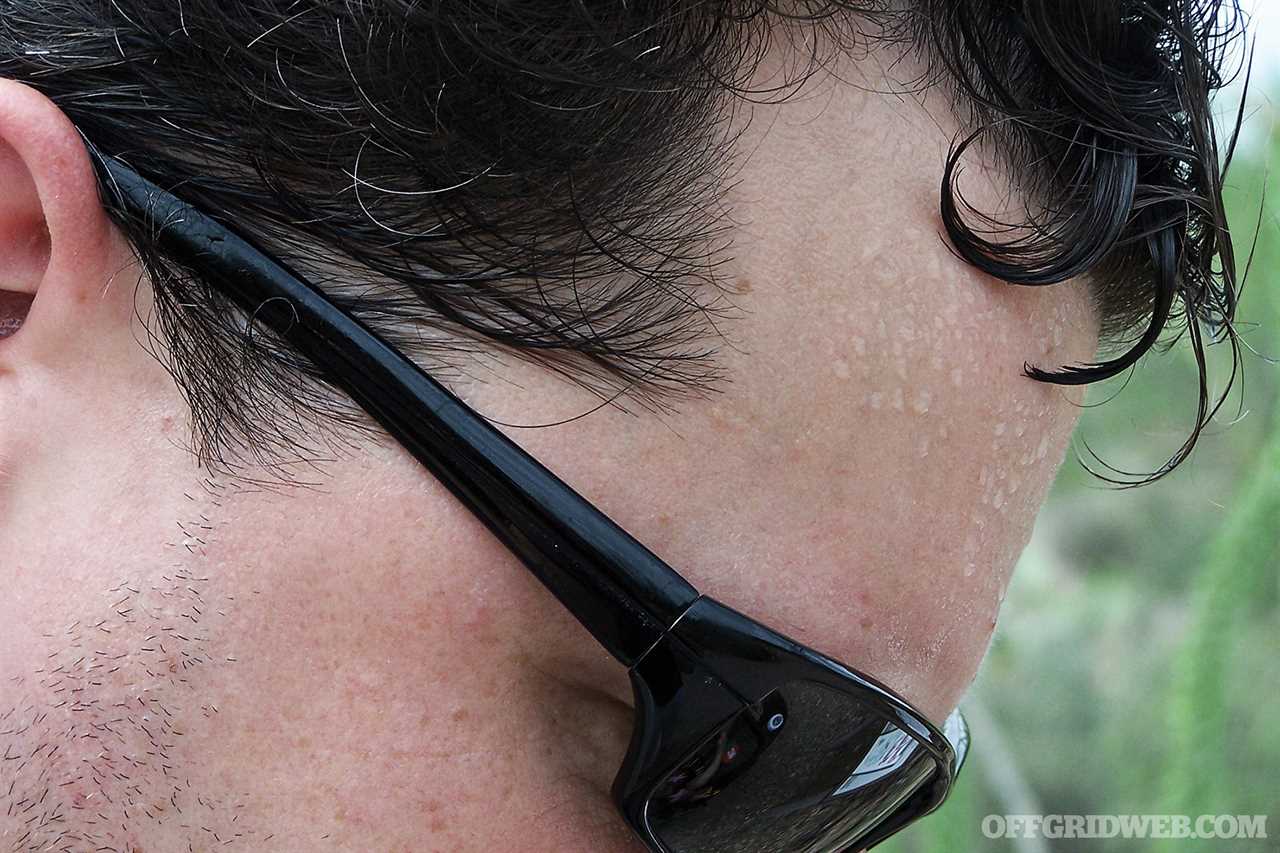
Above: Profuse sweating isn’t solely related to ambient temperature. Many times it’s related to what’s going on inside an individual’s head.
Openly Carrying a Weapon or Within Easy Reach
In America, the Second Amendment protects our right to keep and bear arms, and I applaud our forefathers for acknowledging this important right in our Constitution. It gives “We the People” teeth to protect ourselves against tyranny or violations of our human rights. I say this to make it clear that not everyone openly carrying a weapon is a threat, no matter how much the media tries to claim that’s the case.
Unfortunately, a small population of criminals and generally bad people use weapons for evil. If I observe the above openly hostile behaviors and notice that the person is also carrying a gun or knife, the stakes just got much higher. I might not know the intention of the person, but if they’re about to conduct violence, they have the means to kill or hurt multiple people rapidly.
When I trained a member of the LAPD’s famed Gang Squad, he explained that many local thugs or drug dealers don’t carry their weapons physically on their person. If they were on a corner selling dope, they would stash the weapon nearby in the wheelwell a car that didn’t belong to them. If an officer were to detain them, they would have to prove some type of material possession to make the weapon charge stick. Pretty savvy on their side! So, when you scan the person for a weapon, don’t forget to scan the area near them.
Impediments to Movement or Escape
Most people think of kidnapping as a crime involving the forcible abduction of a person, usually a child, with the intent to hold them for ransom. However, the legal definition of kidnapping is much broader. According to U.S. law, the criminal offense of kidnapping consists of the unlawful taking and carrying away of a person by force or fraud or the unlawful seizure and detention of a person against their will.
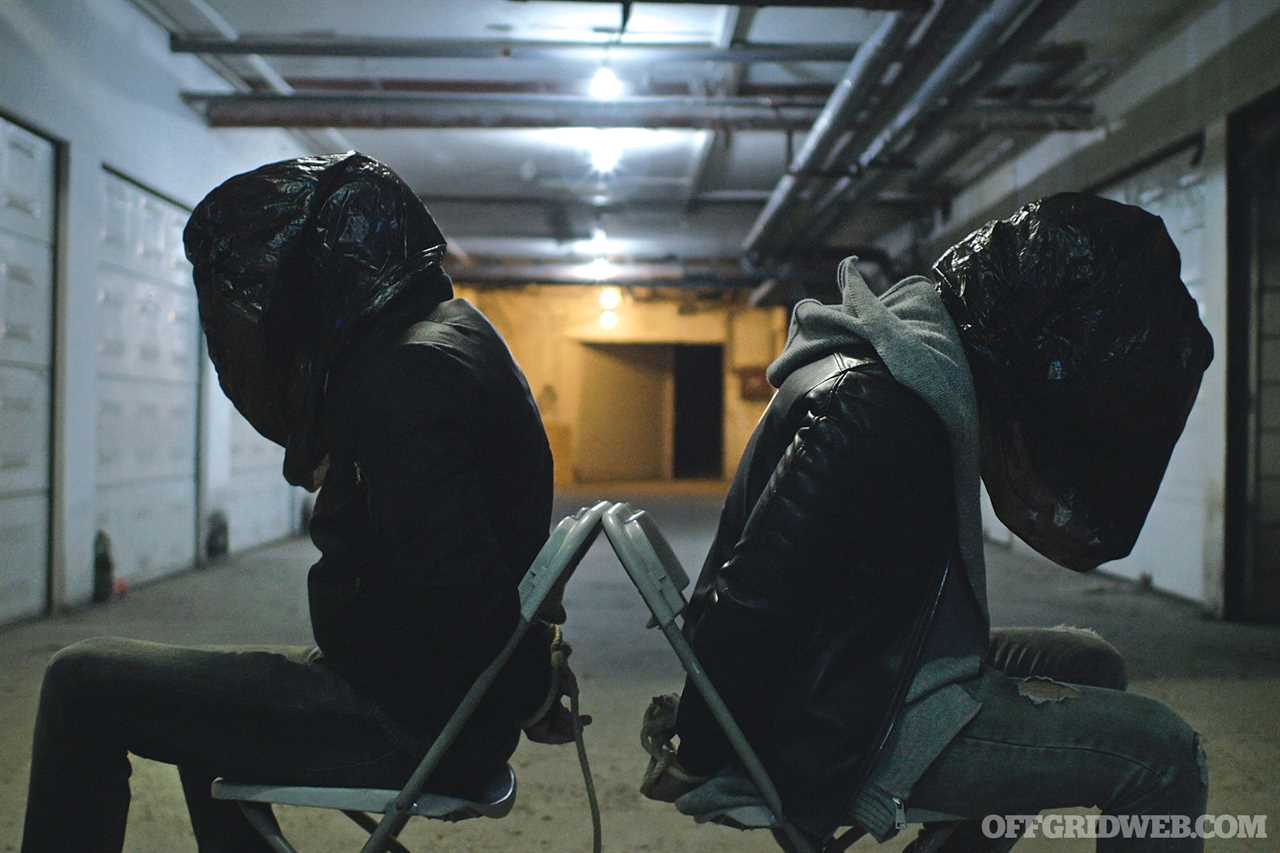
Above: Once an individual is kidnapped, the severity of the situation increases with every passing hour, so there’s a limited window in which escape is truly possible.
In other words, if you unlawfully take someone and move them even a short distance without their consent, you can be charged with kidnapping. The same is true if you detain someone against their will, even if you don’t physically move them.
If you’re ever in a situation where someone is blocking your exit and preventing you from leaving, it’s a clear-cut case of hostility. Even when there’s zero visible hostile behaviors or weapons present, if somebody is keeping you from escaping, that’s an act of hostility. It could be as innocuous as somebody standing in a doorway and looking intimidating or communicating to you in some subtle way that there would be bad consequences if you left the area.
Whether you whip out your verbal kung fu or grab the closest thing that you can use as a weapon, you need to start executing a plan immediately to get to safety. Get loud and proud and tell the person that you’re leaving right now and any action they take to stop you will be considered a direct threat. If this is not the intention of the person, then this loud statement should make them understand where your head is at and clear up any “misconceptions.” In these cases, it’s always better to err on the side of caution and assume the worst. So, don’t hesitate to take whatever measures are necessary to ensure your safety and get out of the situation as quickly as possible.
Covert Threat Identification
Covert threats can take many forms, but there are some behaviors that are commonly associated with malicious intent. These are often an attempt to blend in with their surroundings and avoid attracting attention. This may involve wearing clothing that’s inappropriate for the weather conditions or positioning themselves near an exit. While not all covert threat indicators show malicious intent, it’s important to be aware of these behaviors so that you can identify potential risks.

Above: Take a moment to think about how to assess whether physical contact is an innocuous gesture or potentially threatening one.
Smuggling Behavior
If someone is illegally or maliciously carrying a concealed weapon, they will often unknowingly give off tells. The consequences of the weapon being observed by a citizen or police officer are very high, and this knowledge often leads to indicators that can help you single them out from the crowd.
Patting, checking, or touching a certain part of their body (especially the right hip or waistline) tells me there is something there that they really care about. Just this observation itself can’t tell me if the person is carrying a weapon, but if I had to pay attention to one person in the room, congrats, friend, you have my full attention.
- The average pistol weighs about 1.5 pounds. If you’ve ever carried concealed, you know that it can move around and get uncomfortable after a while. So, you occasionally re-adjust it or tighten your belt. Street criminals often won’t spend the time and money to obtain comfortable, high-quality holsters and belts — if they use a holster or belt at all — so these effects may be amplified.
- If you’ve ever had to run or go upstairs with a holstered weapon, you probably put your hand on it to stabilize it and stop it from moving around.
- When carrying concealed you probably had to make certain decisions regarding apparel to keep it concealed, like oversized shirts or multiple layers of clothing even when it’s hot outside.
- If you had to reach for something high on the shelf in a grocery store, you wouldn’t want it to pop out and scare all the normies, so you might hold down that side of your clothes to keep it concealed.
These are all signs and indicators that someone could be carrying a weapon. It’s important to remember that not all people exhibiting these behaviors are threats. There may be other explanations for their behavior. For example, someone who is carrying a gun might just be exercising their Second Amendment rights. But if you add in some hostile behavior cues, along with furtive movements and smuggling cues, you aren’t just guessing. You’re making a much more informed decision about your safety rather than observing just one cue.
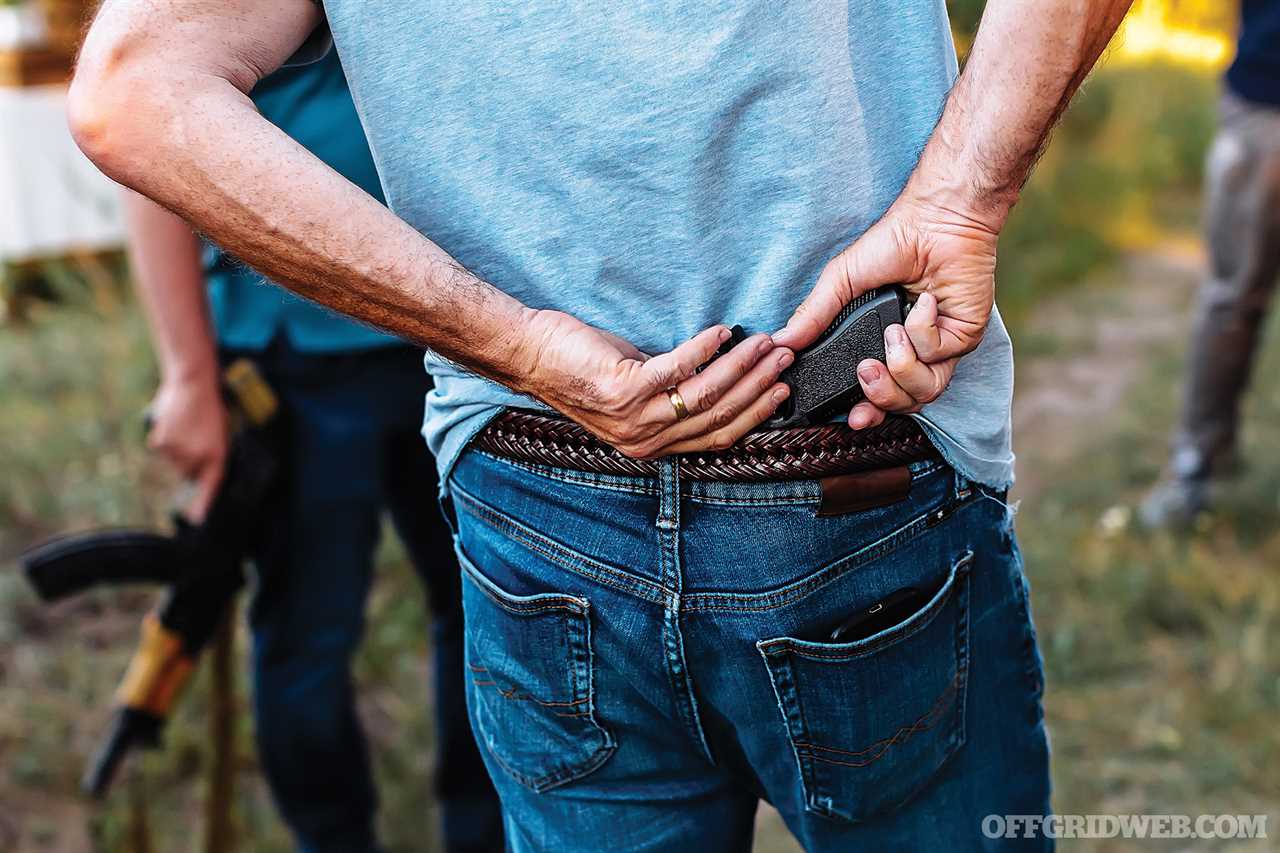
Above: Someone who’s concealing a firearm may unknowingly exhibit various physical indicators that reveal the presence of a weapon.
Other Smuggling Cues:
- “Dead Arm.” When you walk normally, you swing your arms back and forth in a balanced fashion. Someone walking with one arm pinned to the side maybe concealing a long-gun or baseball bat.
- The weapon “printing” or bulging awkwardly on one side.
- The person “protects” a specific part of their body by maintaining distance or angles.
Attention Focus
We’ve all probably been in a situation where you walk into a bar or restaurant and your entrance is noticed by everyone inside. A bell might’ve chimed, or the door slammed behind you, and all of a sudden, everyone is staring at you like you’re a pink elephant. This is an awkward moment, but usually passes quickly as everyone acknowledges your presence and goes back to what they’re doing. The person or people you want to watch out for are the ones whose attention or gaze remains a little too long on you. Unless there’s an overt reason for you to be stared at — like you’re rocking a feather boa — most people should be uninterested in you unless something more sinister is happening.
Police officers see this in the field when questioning individuals in an initial investigation. If the person has bad intentions, they might start “target glancing” at their next move. If a police officer is asking questions and the person is looking to the left and right multiple times, they’re probably about to run. Worse yet, if the person being questioned starts target glancing the officer’s weapon, that’s a big problem. An innocuous explanation could be they are scared of guns and are nervous, but it’s also possible they are mentally walking through the steps of going for the officer’s gun in an attempt to kill them. Always err on the side of caution and at least start creating distance.
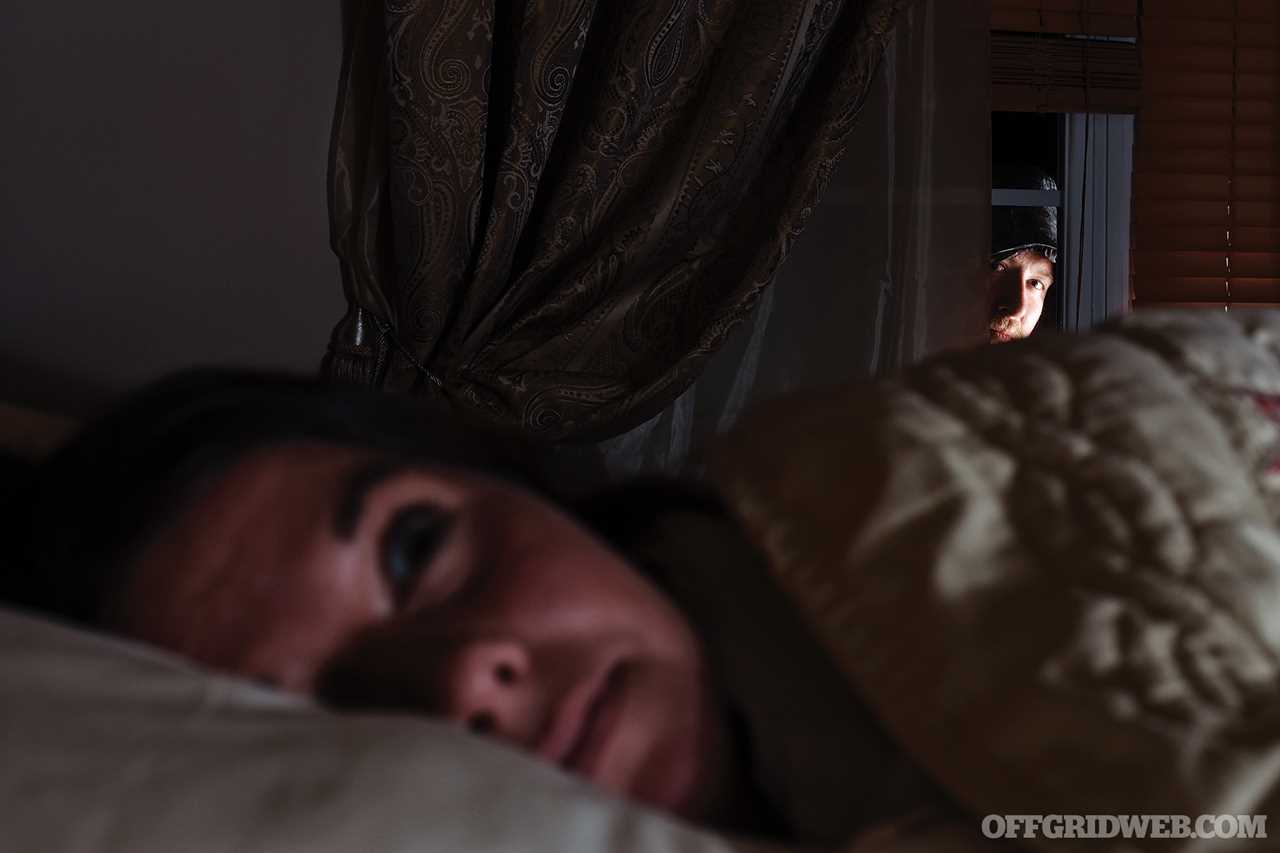
Above: You don’t necessarily have to have eyes in the back of your head to assess a threat. There are certain key giveaways that, if you know what to look for, may help you plan an effective response strategy.
Don’t Jump the Shark
We all like to think that we see the world clearly and make judgments based on objective facts. But the truth is, we all have biases that can distort our view of the world. Our biases come from our personal backgrounds, experiences, and beliefs. Someone who comes from a background of violence will be more likely to see violence in others, while someone who has never experienced violence might have a harder time recognizing it. It’s important to be aware of your own biases so you can take them into account when evaluating potential threats. Otherwise, you might find yourself making decisions based on your fears instead of the reality of the situation.
In the next and last installment of this series, we’ll cover more covert threats along with asking the question of “What else?” Once you’ve established there are no threats around, what extra information can we squeeze out of the scenario?
Paying attention to your surroundings and being aware of potential threats can help you stay safe in both overt and covert situations. Keep an eye out for visual indicators and observable behaviors that might signal an impending threat. And always remember, even a bad plan executed now is better than a great plan too late.
About the Author
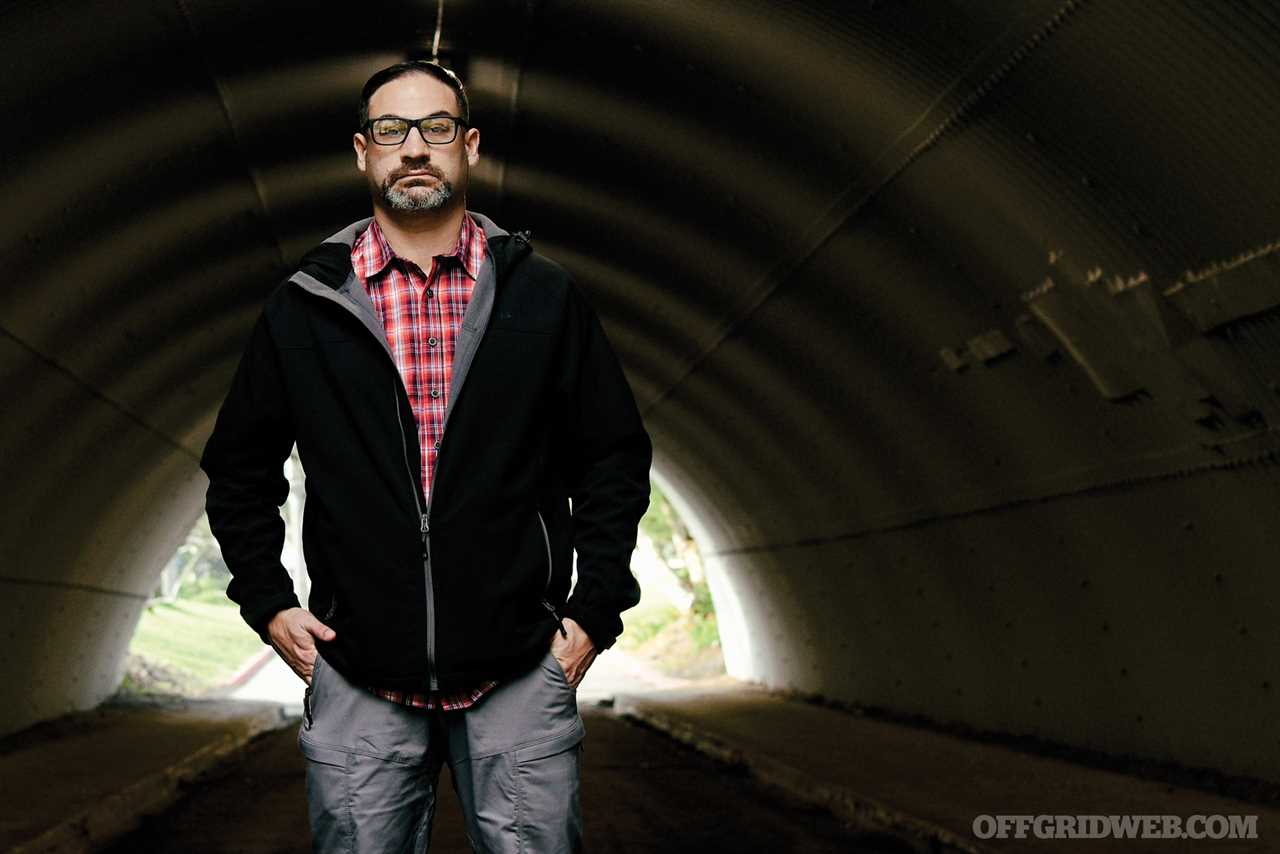
Yousef Badou is the owner and founder of Emergence, a service-disabled veteran-owned small business (SDVOSB) providing behavioral awareness training to Fortune 500 companies, military, and other government agencies. Yousef began his journey into security training after multiple deployments with the United States Marine Corps. He’s an Arabic speaker and former infantryman, along with being the longest-standing member of the USMC Combat Hunter Training Program. With so many threats on the horizon, Yousef believes the best way to disrupt these threats is through education on pre-event indicators and behaviors of violence. www.emergencedisrupt.com
Related Posts
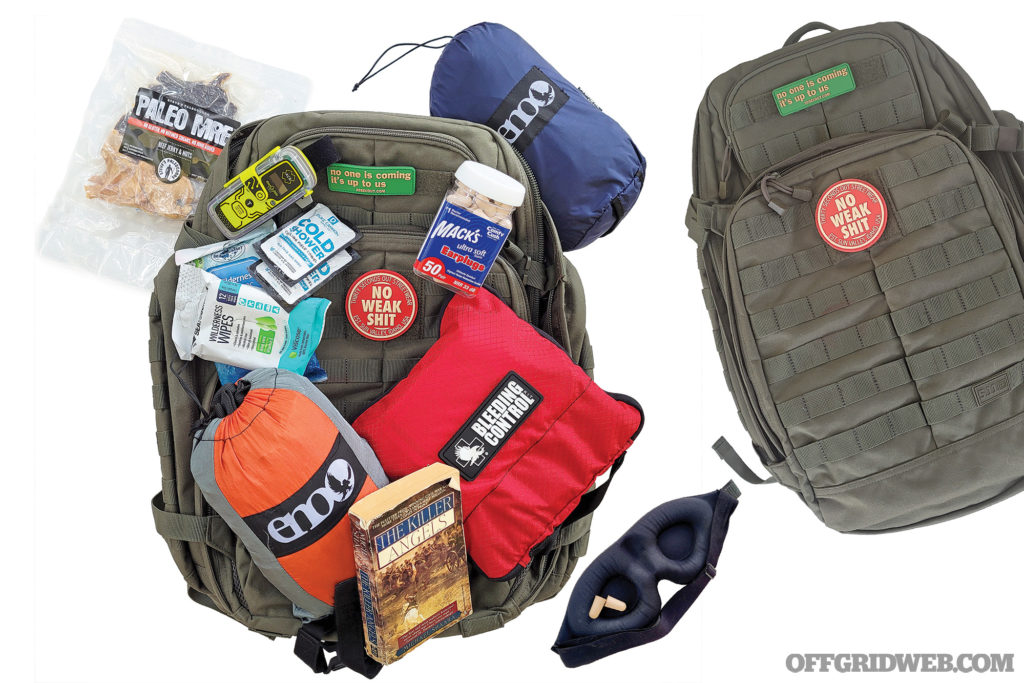
Bag Drop: 5.11 Tactical RUSH72 Search and Rescue PackI keep this RUSH72 backpack inside a vehicle, except for the rare occasion I’m out in the field and away from basecamp overnight.

Interview: John Correia of Active Self Protection (ASP)Active Self Protection channel owner John Correia narrates and discusses videos of real-life violent encounters from across the world.
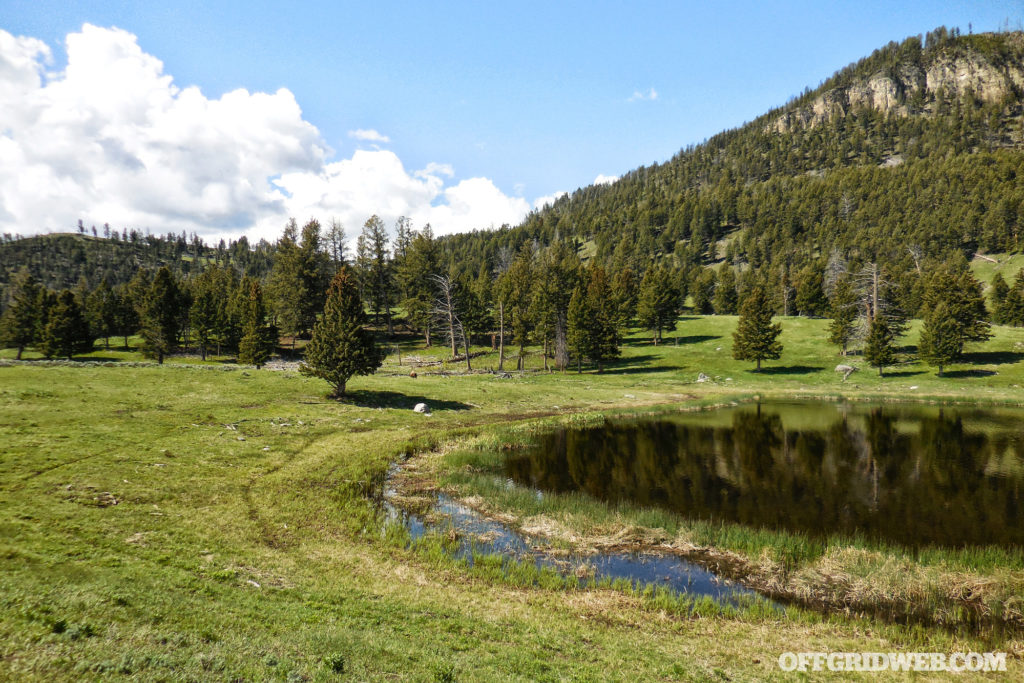
How to Choose a Homestead PropertyWhile there’s no such thing as a “perfect” homestead location, there are many variables to consider that will save you time and money.
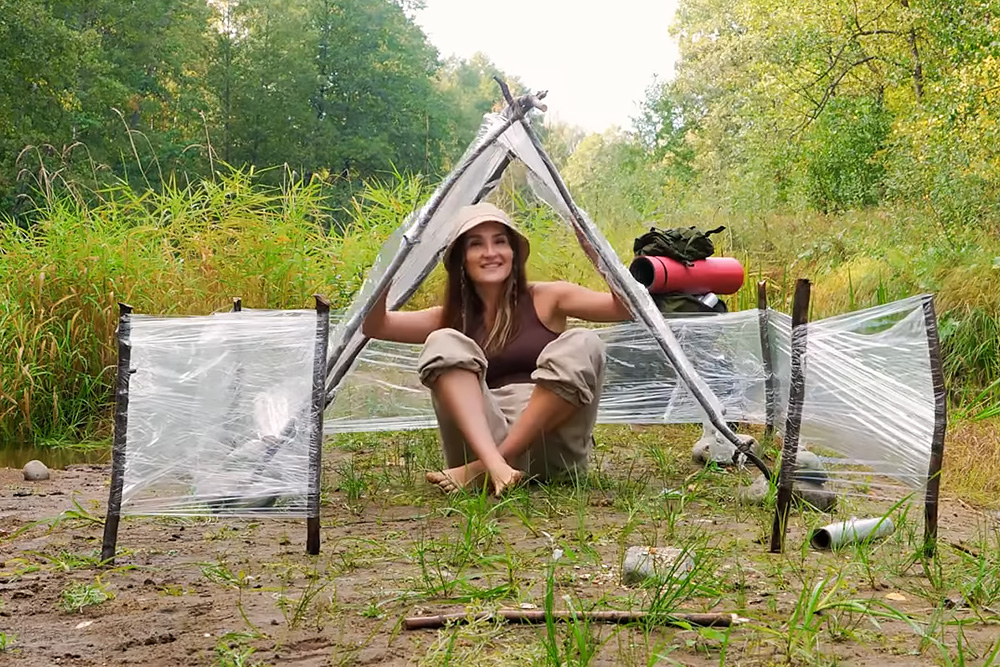
Reviewing the Internet's Dumbest Survival TipsThis video claims to contain "serious bushcraft ideas" but it actually feels like a compilation of the internet's dumbest survival tips.

Infographic: The World's Deadliest Structural CollapsesThe following infographic gives a quick overview of the location, death toll, and cause(s) of history's deadliest structural collapses.
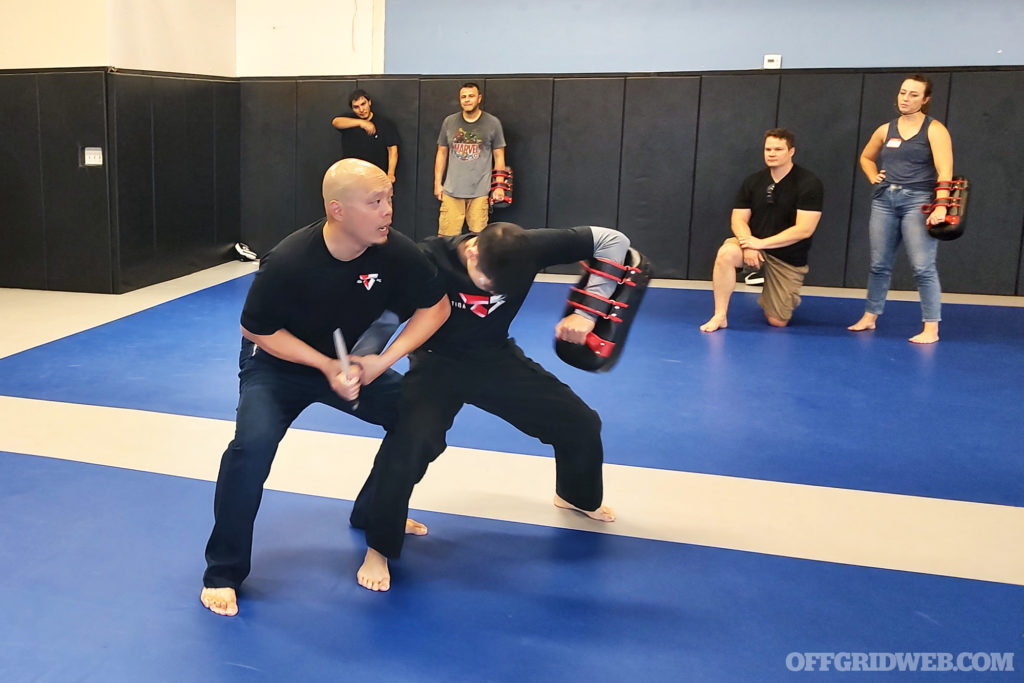
Lessons Learned from Tiga Tactics' Knife Defense SeminarTiga Tactics' Knife Defense class provided a great introduction to the basics of defending against edged weapon attacks on the street.
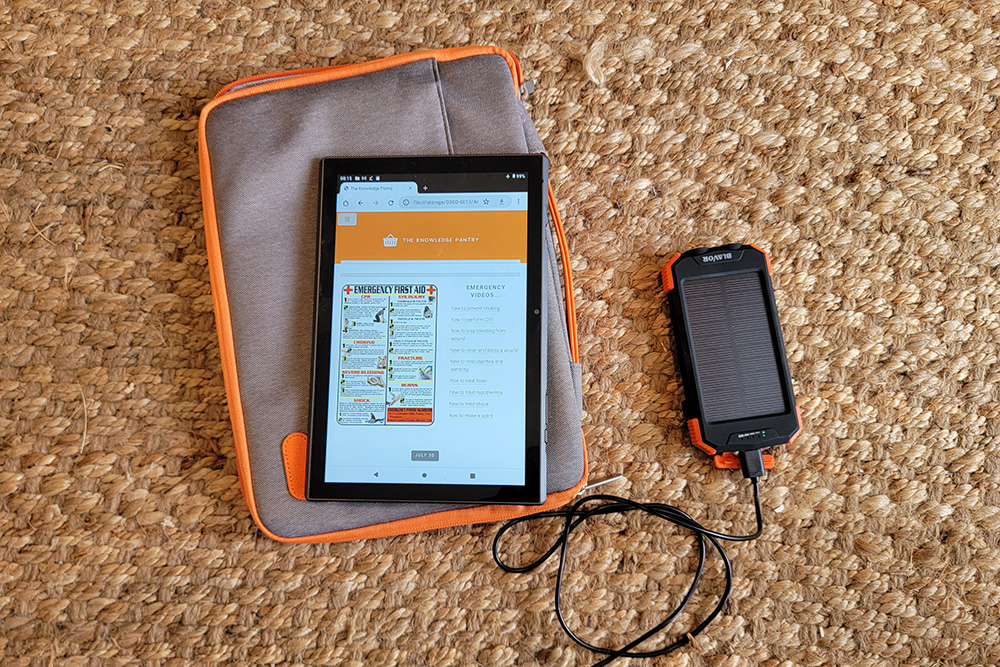
The Knowledge Pantry: A DIY Survival EncyclopediaThe Knowledge Pantry is an offline digital stockpile of a huge variety of useful information for emergencies and survival situations.
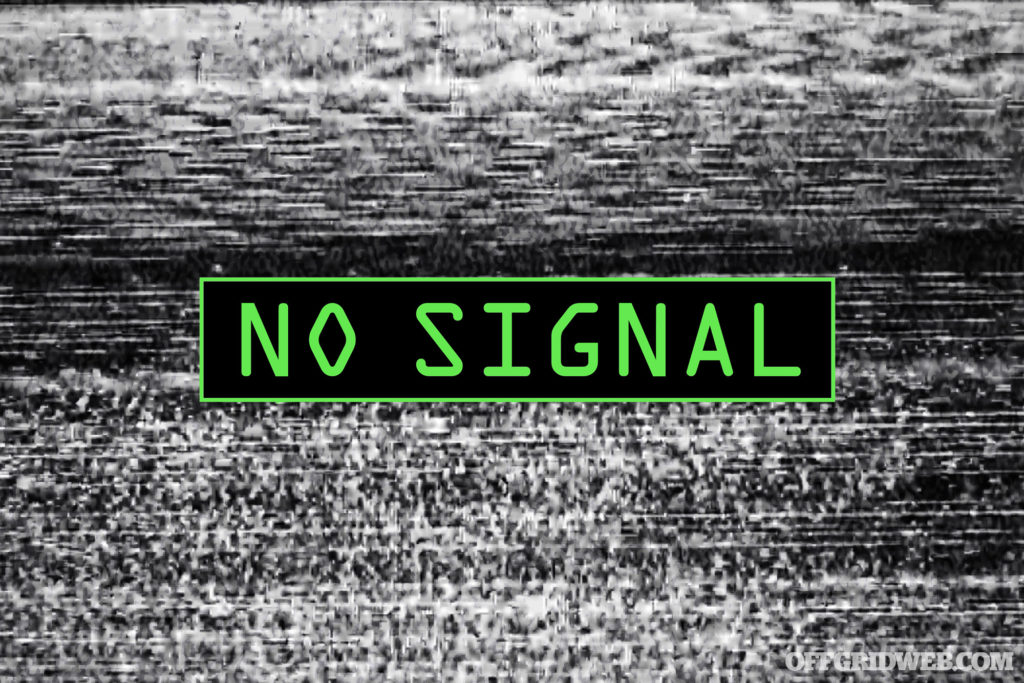
Letter from the Editor: Glitches in the MatrixToday, we live under an ever-increasing burden of technology. It seems as if, everywhere we turn, it plays a greater role in our daily lives.
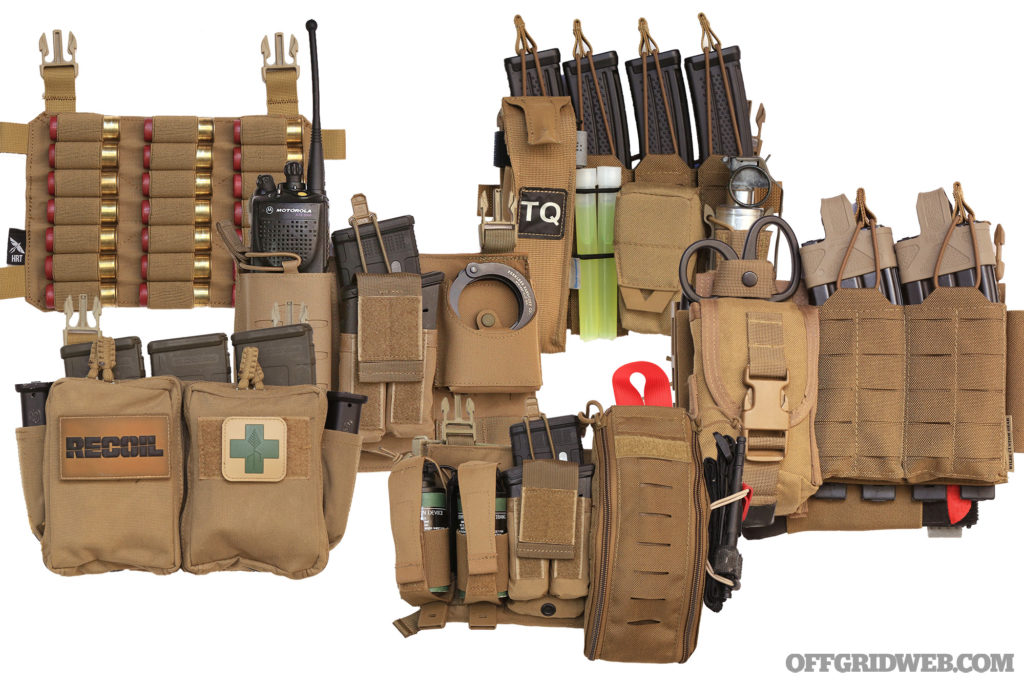
Plate Carrier Placards Overview: Part 1The market for plate carriers, chest rigs, and modular plate carrier placards has seen unprecedented growth in the last 10 years.
The post Situational Awareness Evaluation: Part 2 – Threat Identification appeared first on RECOIL OFFGRID.
By: Offgrid Staff
Title: Situational Awareness Evaluation: Part 2 – Threat Identification
Sourced From: www.offgridweb.com/survival/situational-awareness-evaluation-part-2-threat-identification/
Published Date: Mon, 07 Nov 2022 19:29:33 +0000
-------------------------------------------------------------------------
Did you miss our previous article...
https://outdoorsnewswire.com/survivalist/so-are-beavers-dangerous
 CampingSurvivalistHuntingFishingExploringHikingPrivacy PolicyTerms And Conditions
CampingSurvivalistHuntingFishingExploringHikingPrivacy PolicyTerms And Conditions
